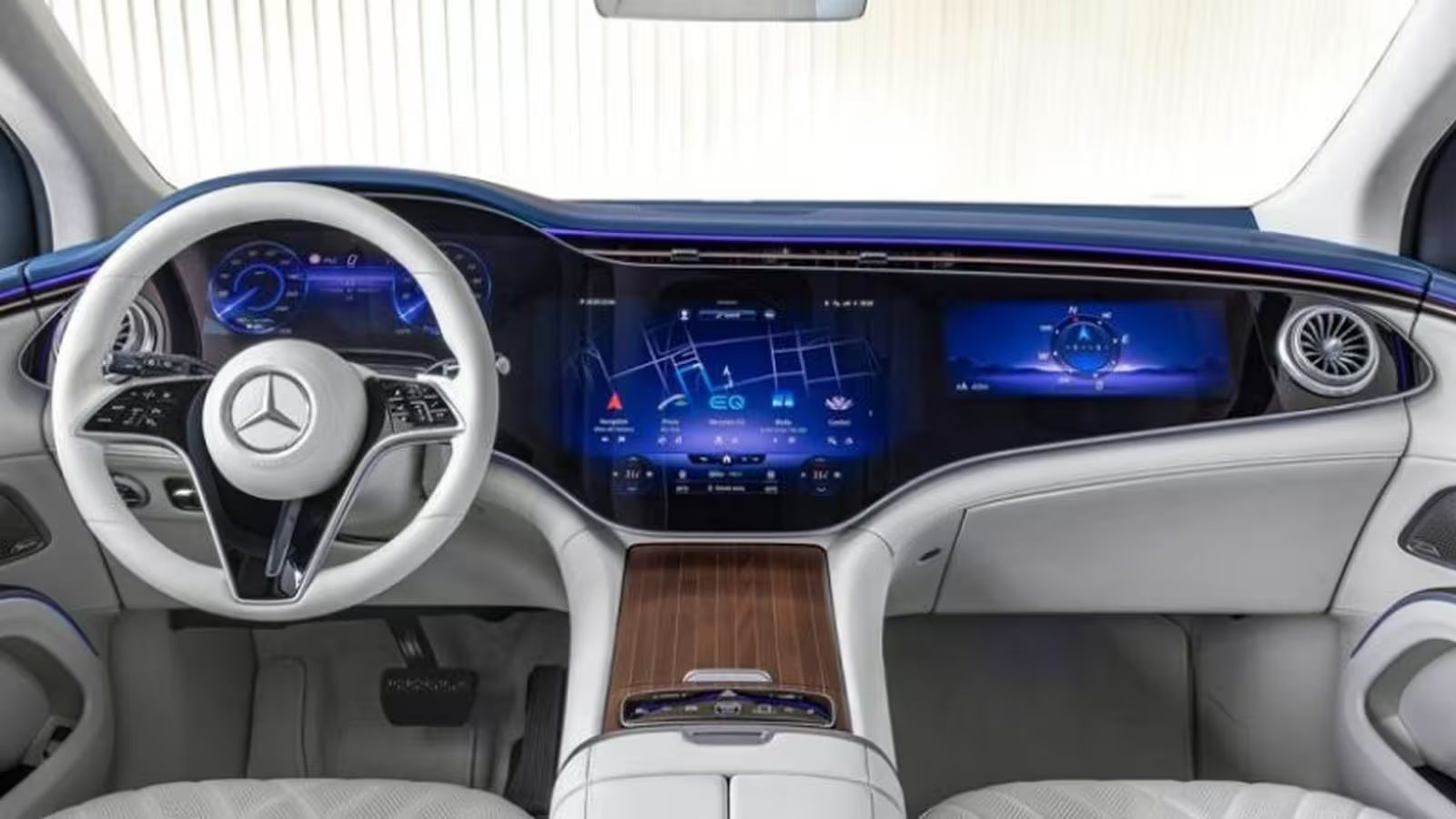4 Minutes
A Shift Back to Physical Controls in Modern Vehicles
In recent years, automotive interior design has been dominated by large touchscreens and digital interfaces, with major car manufacturers like Tesla, Mercedes-Benz, and Volkswagen adopting minimalist dashboards and transferring many traditional car controls to these digital panels. However, this trend is now under critical review, as safety organizations like Euro NCAP have raised significant concerns about the risks touchscreens pose to road safety.
Euro NCAP’s New Safety Standards for 2026
Euro NCAP—the premier car safety rating agency in Europe—has announced a major update to its safety regulations that will take effect in January 2026. These upcoming rules are designed to combat driver distraction by encouraging automakers to reintegrate physical buttons, knobs, and switches for core vehicle functions. To secure the highest 5-star safety rating from Euro NCAP, future vehicles will be required to feature tactile, physical controls for five essential operations: turn indicators, hazard warning lights, horn, windshield wipers, and emergency call (eCall) systems.
Why Are Physical Buttons Returning?
The push for this change is grounded in research. A 2020 study by the UK Transport Research Laboratory found that relying solely on touchscreen controls can reduce driver reaction times by up to 57%. Unlike physical buttons that can be identified by touch and operated without looking away from the road, touchscreens often force drivers to glance down to find the right menu or setting—a distraction that endangers everyone on the road. In 2022 alone, Europe saw over 20,000 road fatalities, with in-car distractions recognized as a major contributing factor, according to Euro NCAP.
Impact on Vehicle Design and User Experience
The upcoming regulations challenge the prevailing philosophy of automotive design, particularly for brands such as Tesla, which has replaced traditional stalks for indicators with touch-sensitive buttons on the steering wheel in models like the Tesla Model 3. Volkswagen’s ID.7, for example, moves even simple controls for air direction into touchscreen menus. For these brands, adapting cabin layouts to reintegrate physical mechanisms means potentially significant redesigns.
In contrast, automakers like Mazda and Toyota—who have maintained a balanced approach by blending physical buttons with digital UI—will find it easier to adjust to these standards. Some brands, including Porsche and Volkswagen, have already begun responding to consumer feedback by reintroducing physical buttons for certain important controls in new models.
Broader Implications for Global Markets
Although Euro NCAP’s updated standards are not legally binding, the agency’s safety ratings wield enormous influence over both consumer purchasing decisions and industry competition, similar to the IIHS Top Safety Pick program in the United States. A 5-star safety rating is seen as a critical marketing advantage that can sway buyers toward a particular model or automaker.
While these regulations mainly affect vehicles sold in Europe, their impact is likely to resonate across international markets, including regions like the Middle East and Iran. Many imported vehicles, especially from Chinese manufacturers such as Chery and MG, adopt global design trends featuring expansive touchscreen controls. These brands may need to adjust their layouts and specifications to remain compliant with Euro NCAP standards, as European safety ratings are often referenced in markets worldwide.
Conclusion: A New Balance Between Innovation and Safety
As the automotive industry continues to innovate, striking the right balance between a high-tech, connected driving experience and uncompromised safety remains paramount. The return of physical buttons for vital car controls signals a renewed emphasis on user-centered design and protection for everyone on the road. Car enthusiasts and prospective buyers should watch closely as manufacturers adjust their designs in response to these evolving safety expectations, setting the tone for a more intuitive and safer driving experience in the years to come.


Comments